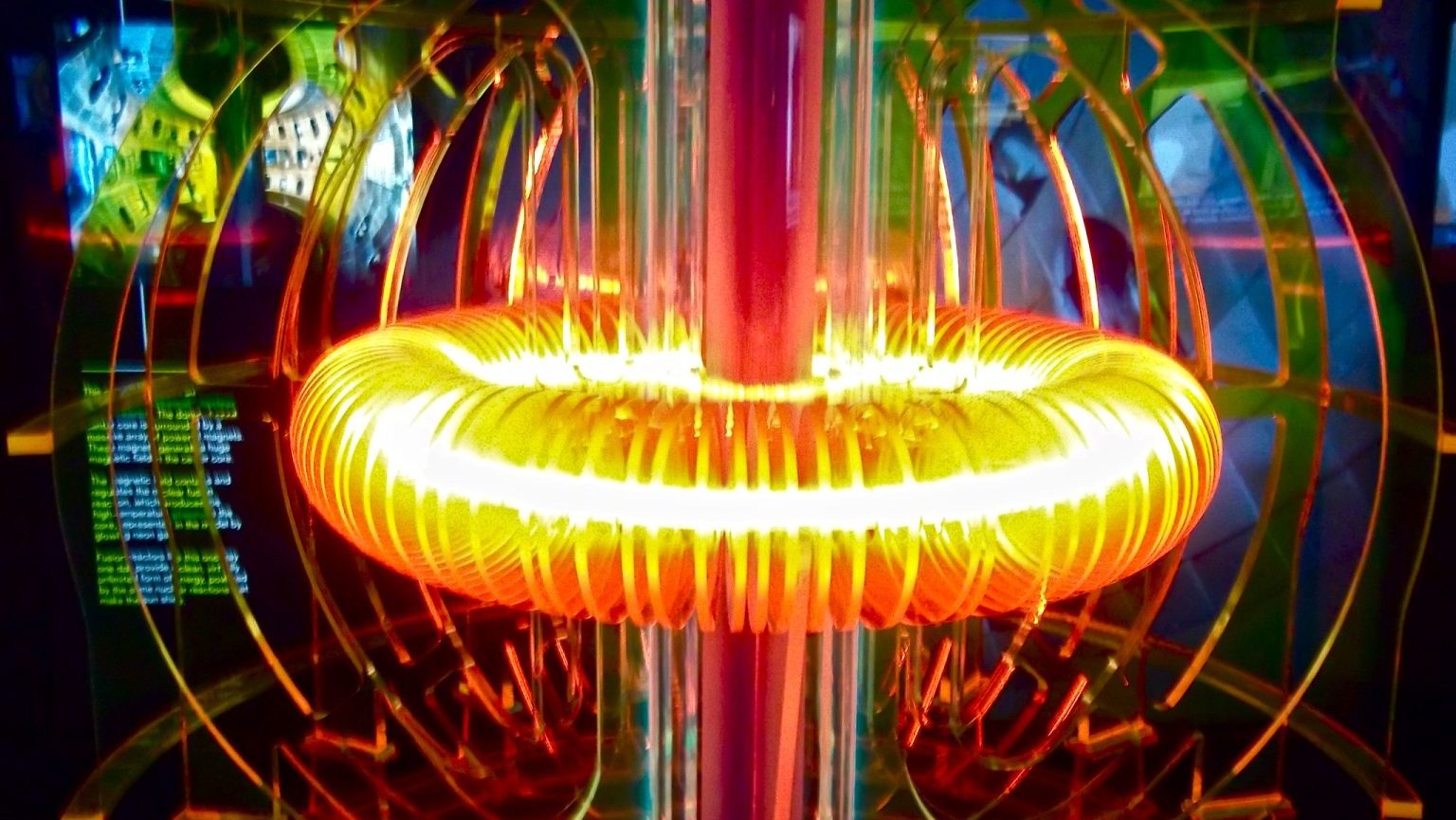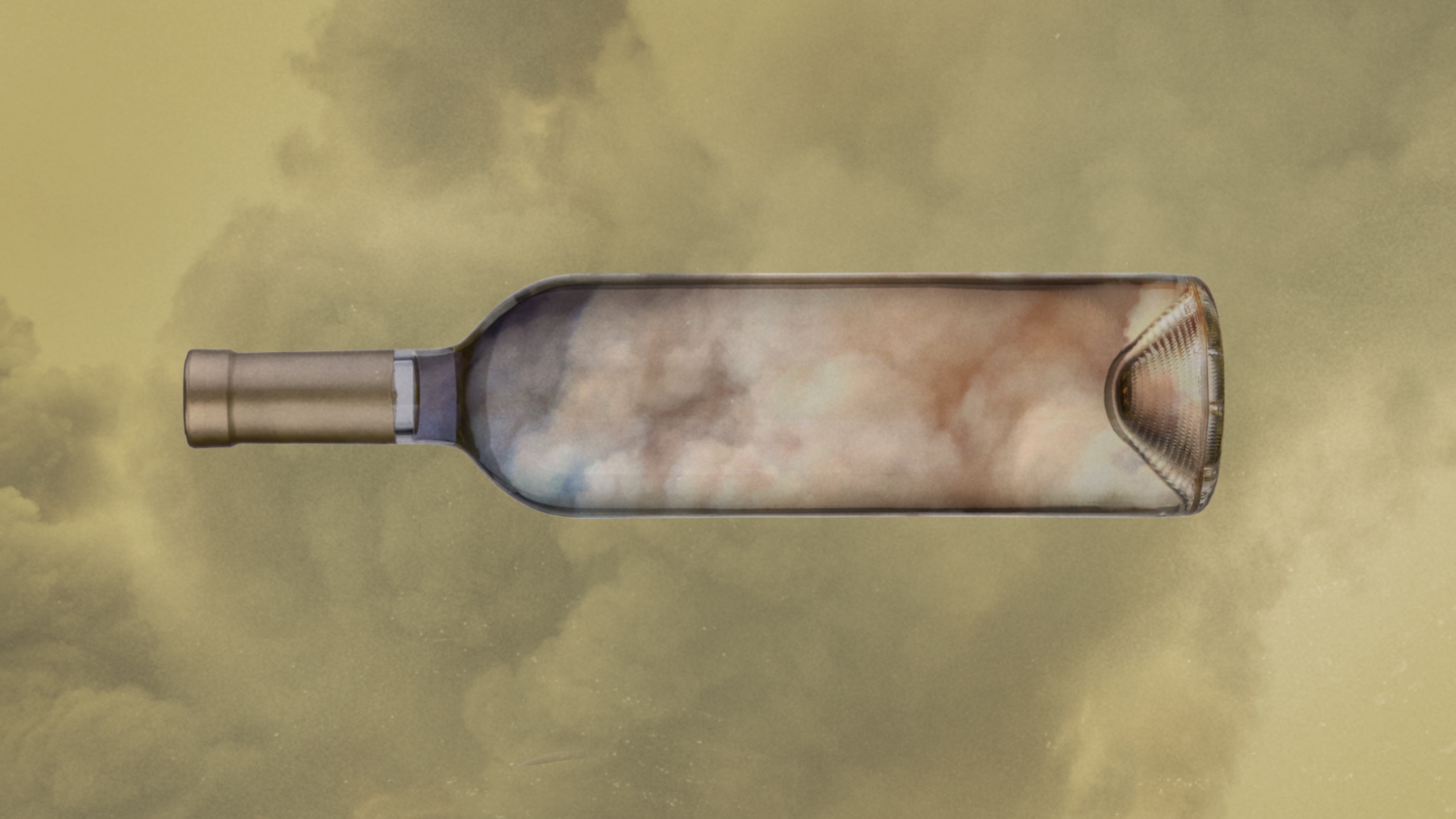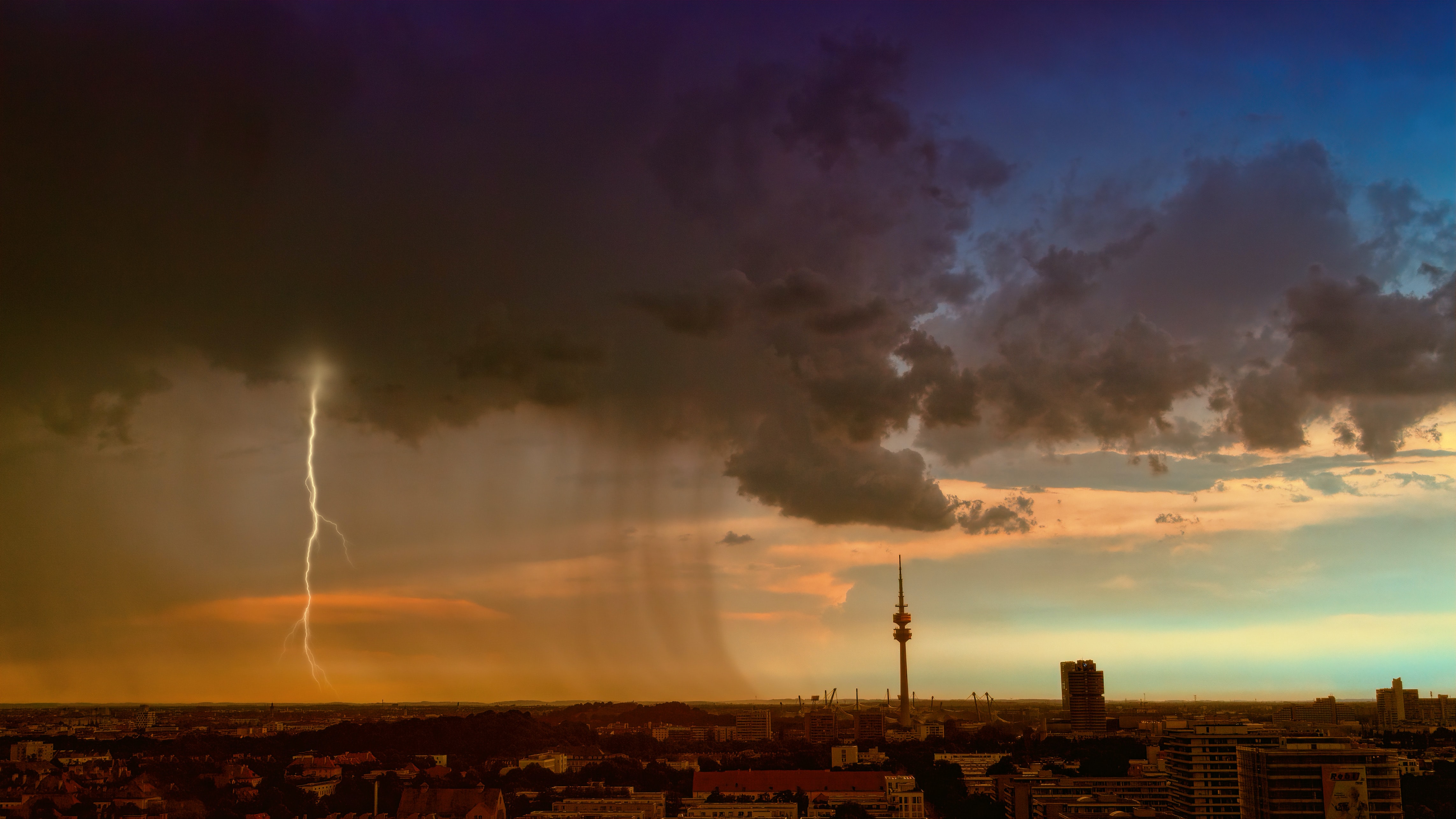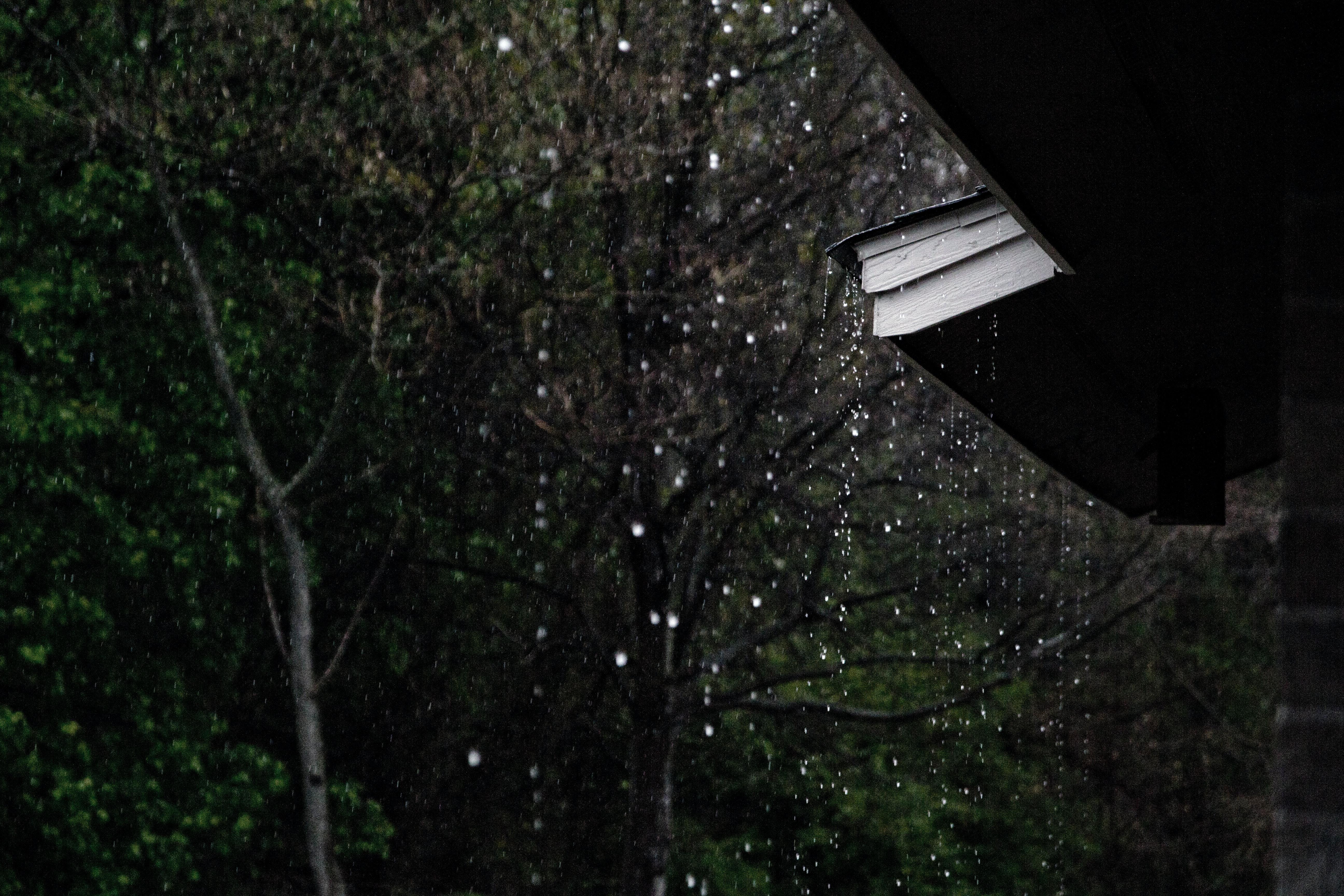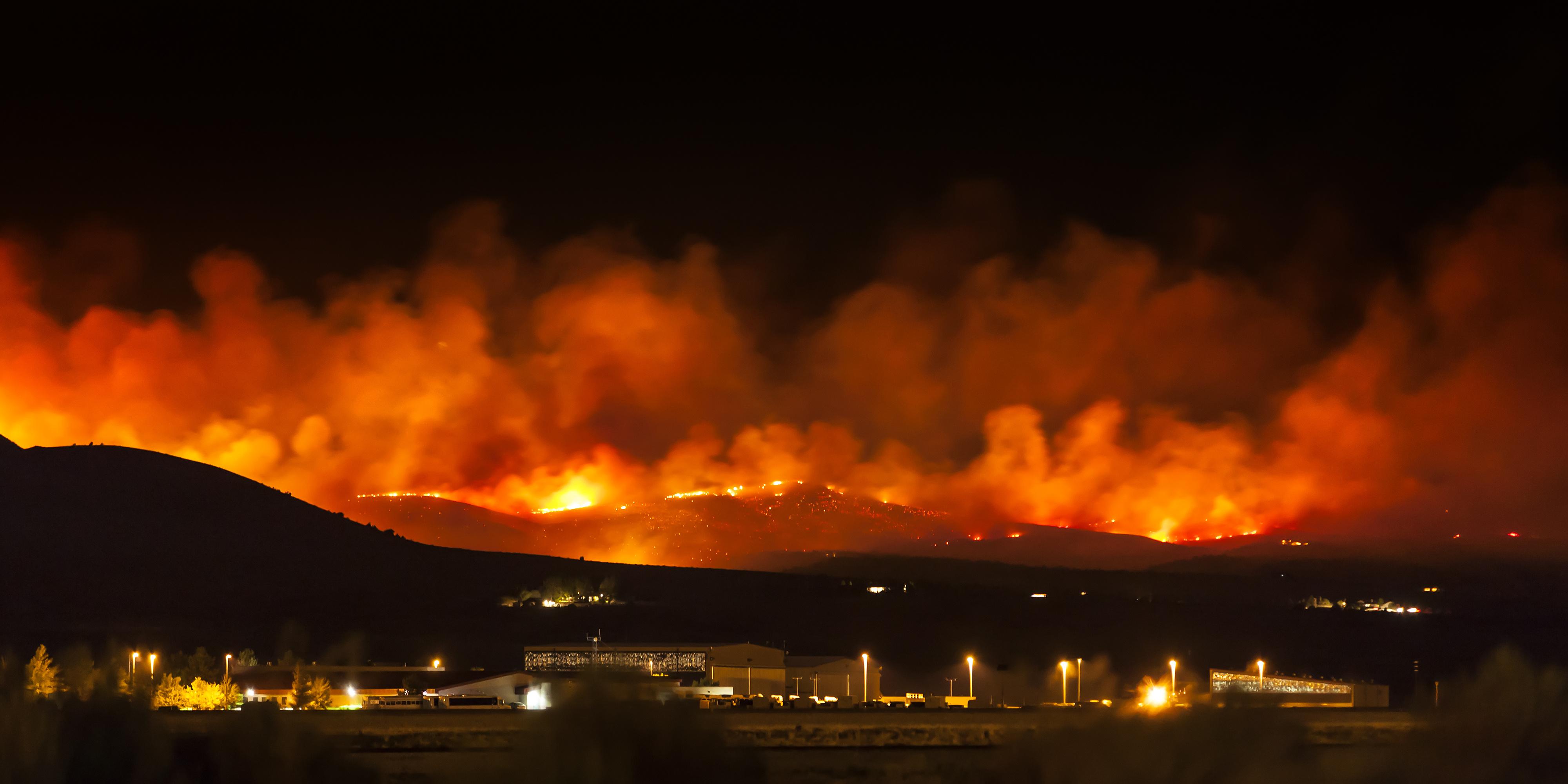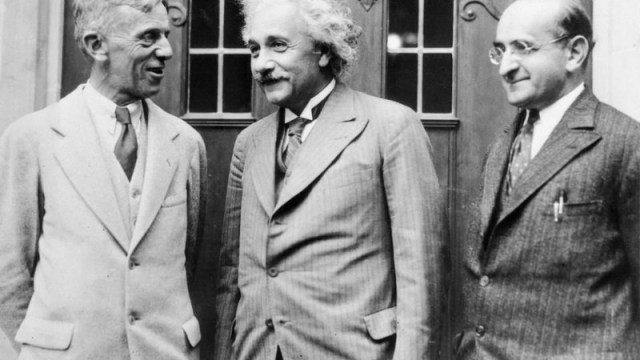Nature gone wild
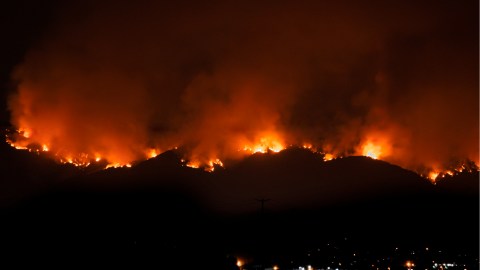
California is on fire. Again.
After a devastating summer, a new set of blazes is claiming lives and property in the Golden State. Once again, we see images and videos of families escaping by driving down burning roads. We see towns like Paradise littered with the burnt-out shells of cars, trucks, and school buses. We see the mere skeletons of homes and buildings.
For those who’ve been warning of the dangers of climate change for decades, it’s a strange moment—a kind of déjà vu of the imagination. These scenarios have been playing out in their heads for years. Now, we see them coming to life in the world.
But the fires represent more than just predictions coming true. We are watching, in real time, as Nature creates something new right before our eyes. It’s that capacity for innovation may turn out to be climate change’s most frightening aspect.
The difference between weather and climate is simply a matter of averages. Weather is what’s happening at the moment, while climate is the average of weather patterns taken over a long period of time. This has both a numerical and an experiential aspect.
Climate scientists study what’s called the “Coupled Earth System,” which examines the interconnectivity of five separate sub-systems: atmosphere (air), hydrosphere (water), cryosphere (ice), lithosphere (ground), and biosphere (life). Each of these subsystems has its own characteristics, including how those characteristics change over time. The ocean, for example, has flow patterns like the Gulf Stream that remain relatively stable over time. The atmosphere has its own relatively stable patterns, like jet streams and cycles like hurricane seasons and monsoons. Coupled together with the others, these subsystems yield average conditions that can be local (say, the average rainfall in Seattle winters) or global (like the average global temperature).
The first thing you usually hear about climate change is that it’s going to drive these averages into new domains. The average summer temperature in Europe, for example, is being pushed upwards while the average snowpack in the mountains of the western U.S. is dropping. These changing averages tell one kind of story about living on a changing planet. They are, literally, the predictable kinds of changes. With the tools of planetary and atmospheric science, we can predict how increases in CO2 from burning fossil fuels will push various climate averages around.
But there is another kind of story emerging from the changing climate that’s not about the kind of changes you can predict, but instead about the kind you’ve never seen before.
We all carry our own experienced sense of climate with us in the remembered history of summers spent at the beach or shoveling snow from walkways in the winter. Whether you live in Paris or Phoenix, Tokyo or Toledo, you have grown up experiencing a limited range of weather. You generally know what to expect on any given day or in any given season. That’s why it’s such big deal when something outside that range shows up (like a EF5 tornado or Category 5 hurricanes).
Way beyond normal
But living in a climate-changed world means that many of us are going to be pushed into experiences that stand outside our expected weather norms. We are going to actually see, relative to our experience, nature create new kinds weather.
Consider large-scale fire whirls or “fire tornadoes.” These form in forest fires when rising heat and turbulent wind conditions combine to make burning vertical vortices. Such sights are not entirely uncommon for fire fighters. But as climate change increases drought and heat waves increase over larger regions of human-inhabited land, the terrifying experience of fire whirls will become more common.
In this past summer’s Carr Fire, the heat was so intense that it created its own weather system including a kind of EF3 fire tornado with winds of 143 miles per hour and pyrocumulonimbus clouds that reached 20,000 feet into the air. It was literally a “never-seen-before” phenomena of terrifying weather gone wild, far outside of anyone’s experience or memory.
Houston residents, who saw their highways quickly turned into windswept rivers last year during Hurricane Harvey, had their own experience of new weather. Climate change leads to much stronger rainfall in storms because air with higher temperatures holds more moisture. While flooding is certainly not new, the intensity and extend of flooding from Harvey—and this year’s Hurricane Florence—were record breaking . . . which means weather novelty and weather innovation. It means we’re headed into uncharted territory.
Planets channel cosmic-scale energies in the form of sunlight, and they are very creative with what they do with that energy. By warming the Earth, we’ve pushed it into new domains—with new possibilities.
We’ve never lived on the kind of planet that’s now being somewhat re-created, right before our eyes. So while there is a lot about climate change we can predict, we should also be ready to be surprised in ways that are likely to be deeply unsettling.
The California fires are just one manifestation of those unsettling possibilities.
The post Nature Gone Wild appeared first on ORBITER.
